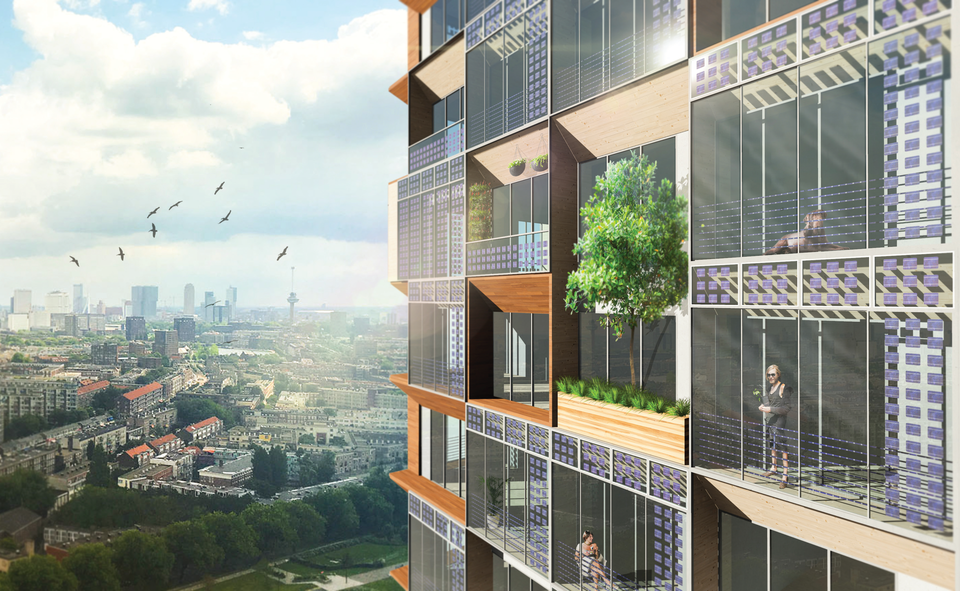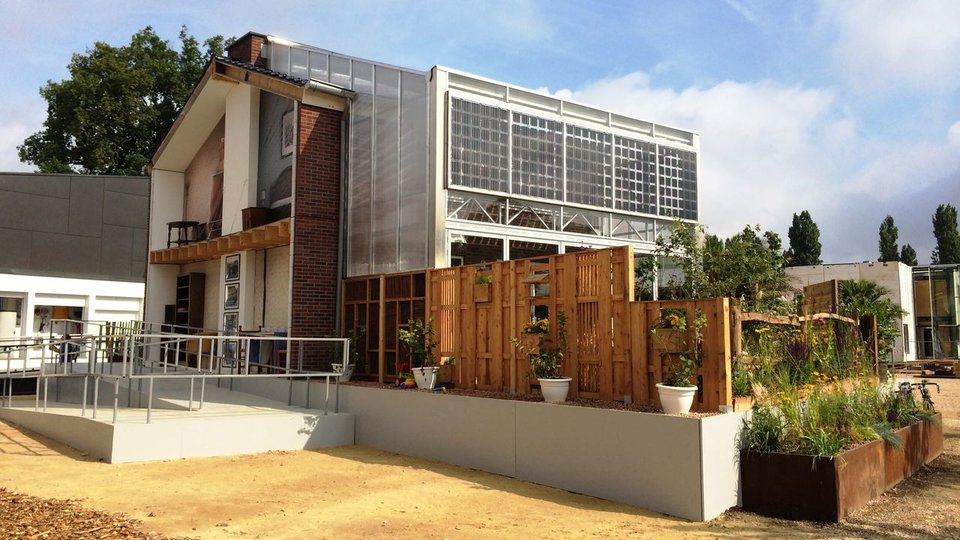Ingraining Photovoltaics in Urban Living
To ingrain a technology in urban living, the implementation must feel natural and accepted by everyone in society. All stakeholders should be involved to make the full-scale integration a success: not only technology innovators and solar-cell companies, but also architects, designers, construction and energy companies, municipalities and citizens. In a crowded urban area, every space is spoken for and has a purpose. For maximum integration of photovoltaics and solar thermal (‘PVT’) technologies in a city, any surface that is illuminated by the sun must be used.
Large-scale implementation of solar energy innovations in the urban environment necessitates multifunctionalities in the application. This implies that a structure such as a building construction, road, pavement, pergola, bicycle parking or sun screen, is also used for the generation of electricity. But ingraining of a technology does not stop here: pressing urban issues should be tackled as well. Can the implementation of large-scale PV(T) applications reduce issues like the urban heat island effect or graffiti? If so, how can the technology be best used to reduce the specific urban issue? How can the grid be optimized? How should the heating network be organized? How should districts be organized to optimally handle generation and use of energy? How can installation costs be reduced when realizing large-scale innovations? How can one successfully implement solar energy everywhere with consent from citizens? How should PV implementations be shaped and adapted to fit society’s demands? These and more research questions are tackled in this research line.


